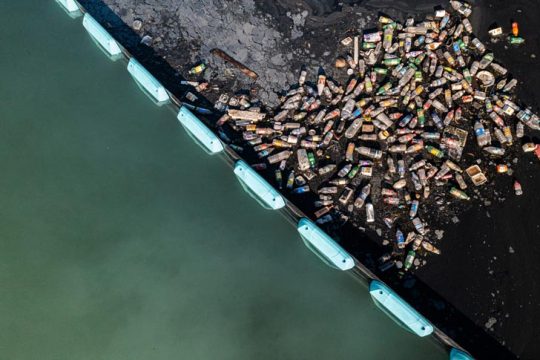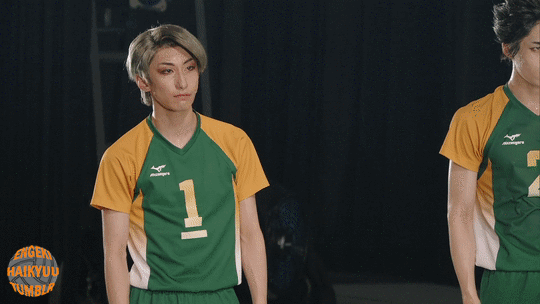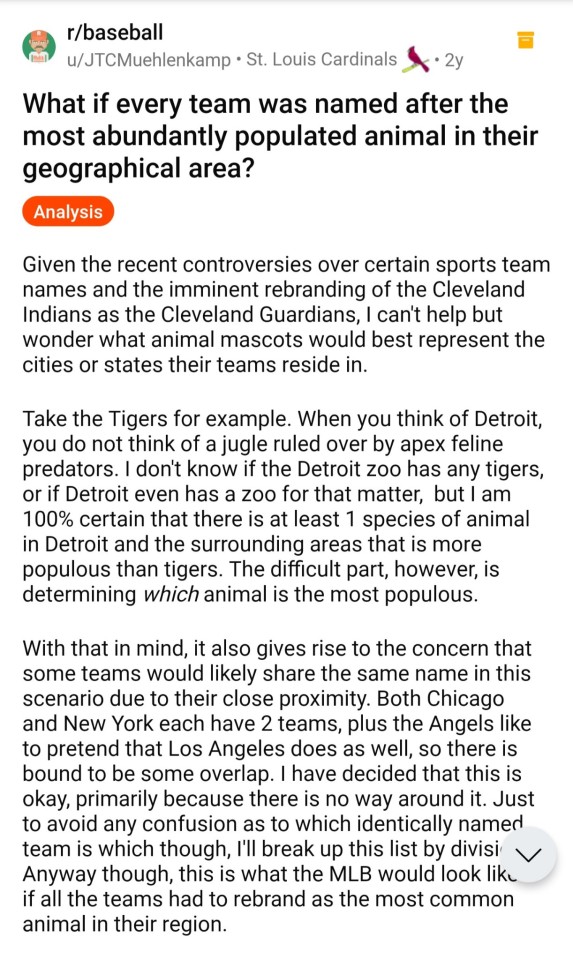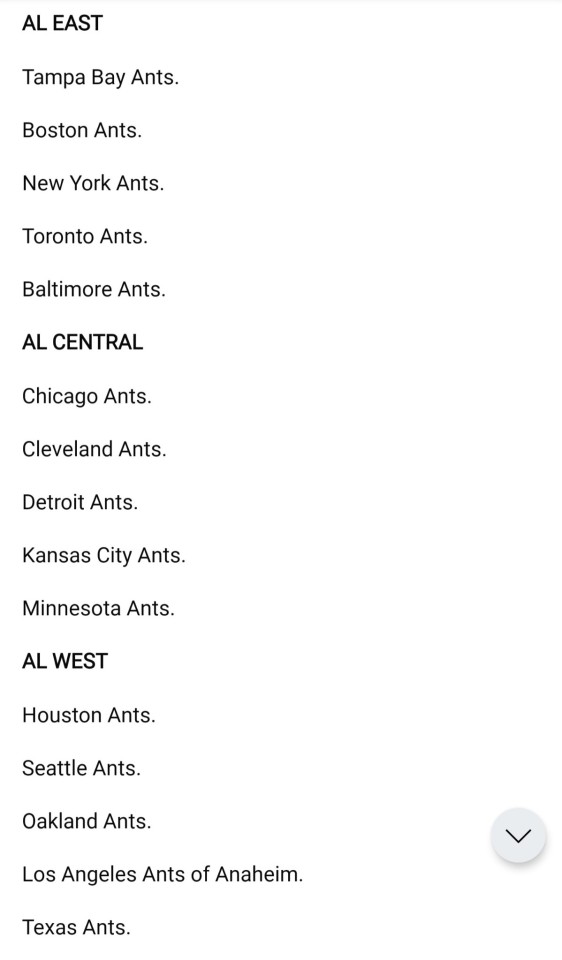Just another fangirl tumblr. o^.^o Bleach image found here and Bucky image found here!
Last active 60 minutes ago
Don't wanna be here? Send us removal request.
Text
King of the Hill is back! Don't forget Jonathan Joss (John Redcorn) didn't just die he was murdered for being gay and married to a trans man.
The next hearing for his murderer is August 18th I think. They asshole is more offended that he's being called a homophobe (he has a gay brother gasp!) than murderer (which isn't even in question he confessed immediatly and there were at minimum 5 witnesses)
The media tried to blame it on Joss’ past mental health and addiction issues. He's somehow also supernaturally strong and big and scary and that's not racist at all says white cops.
Please don't forget him. He was so proud and excited for king of the hill. You don't deserve to be murdered because a white dude says u need to die
13K notes
·
View notes
Text
if you're in the throes of cosmic despair i cannot recommend museums enough. art or science or history it doesn't matter. oh we're all connected, all of us and everything, throughout all time and space, and no one, no one, no one is alone? awesome. that's what i thought i just wanted to make sure.
48K notes
·
View notes
Text

CP9 x THE OFFICE (PART 1/??)
25 notes
·
View notes
Text
Sitting here watching water seven again and I cannot get over the fact lucci has gotten his pet pigeon custom outfits 😭
This man is so terrifying. Literally strikes fear into people with just a fucking look and has probably killed so many people—yet he somehow managed to convince whoever works out the budget for CP9 to raise his paycheck a little bit so he can buy his pet pigeon lil outfits.
Thinking about it makes me cackle and I absolutely love it XD


35 notes
·
View notes
Text
47K notes
·
View notes
Text

News
3K notes
·
View notes
Text
Yoooooooo
So the government just defunded PBS and NPR which is fucked. That being said, the public can cover the damage if we orginize and donate.
Only about $1.60 of tax dollars per US citizen per year are spent on the public broadcasting budget. NPR and PBS offer beong able to make small monthly donations, some being 7$ per month or lower if you want.
If you want to donate 1.60$ per month to your local station, you can multiply how much funding they get from you by 12. If you do their monthly donation of $7 per month, your donation can equal the tax dollars of 54 people spent on public broadcasting per year.
If you want to donate to your local station, look them up by your town here to make sure your local stations get helped specifically:
29K notes
·
View notes
Text
I’ve been missing Haikyuu 🤧

1K notes
·
View notes
Text

i love this trio sooo much
10K notes
·
View notes
Text

I've forgotten how to draw Sabo like I spent 3 hours agonising over his stupid face...
But it's pretty close to how I imagine the guy. Tired, slim, beautiful...
66 notes
·
View notes
Text







orpheus iwaoi week comic for the extract prompt [ids in alt]
extract: The distance between San Juan, Argentina, and Irvine, CA, USA, measured in a straight line is 8.901,80 km
888 notes
·
View notes
Text
Hey. Why isn’t the moon landing a national holiday in the US. Isn’t that fucked up? Does anyone else think that’s absurd?
282K notes
·
View notes
Text

When self-described “ocean custodian” Boyan Slat took the stage at TED 2025 in Vancouver this week, he showed viewers a reality many of us are already heartbreakingly familiar with: There is a lot of trash in the ocean.
“If we allow current trends to continue, the amount of plastic that’s entering the ocean is actually set to double by 2060,” Slat said in his TED Talk, which will be published online at a later date.
Plus, once plastic is in the ocean, it accumulates in “giant circular currents” called gyres, which Slat said operate a lot like the drain of the bathtub, meaning that plastic can enter these currents but cannot leave.
That’s how we get enormous build-ups like the Great Pacific Garbage Patch, a giant collection of plastic pollution in the ocean that is roughly twice the size of Texas.
As the founder and CEO of The Ocean Cleanup, Slat’s goal is to return our oceans to their original, clean state before 2040. To accomplish this, two things must be done.
First: Stop more plastic from entering the ocean. Second: Clean up the “legacy” pollution that is already out there and doesn’t go away by itself.
And Slat is well on his way.

Pictured: Kingston Harbour in Jamaica. Photo courtesy of The Ocean Cleanup Project
When Slat’s first TEDx Talk went viral in 2012, he was able to organize research teams to create the first-ever map of the Great Pacific Garbage Patch. From there, they created a technology to collect plastic from the most garbage-heavy areas in the ocean.
“We imagined a very long, u-shaped barrier … that would be pushed by wind and waves,” Slat explained in his Talk.
This barrier would act as a funnel to collect garbage and be emptied out for recycling.
But there was a problem.
“We took it out in the ocean, and deployed it, and it didn’t collect plastic,” Slat said, “which is a pretty important requirement for an ocean cleanup system.”
Soon after, this first system broke into two. But a few days later, his team was already back to the drawing board.
From here, they added vessels that would tow the system forward, allowing it to sweep a larger area and move more methodically through the water. Mesh attached to the barrier would gather plastic and guide it to a retention area, where it would be extracted and loaded onto a ship for sorting, processing, and recycling.
It worked.
“For 60 years, humanity had been putting plastic into the ocean, but from that day onwards, we were also taking it back out again,” Slat said, with a video of the technology in action playing on screen behind him.
To applause, he said: “It’s the most beautiful thing I’ve ever seen, honestly.”
Over the years, Ocean Cleanup has scaled up this cleanup barrier, now measuring almost 2.5 kilometers — or about 1.5 miles — in length. And it cleans up an area of the ocean the size of a football field every five seconds.

Pictured: The Ocean Cleanup's System 002 deployed in the Great Pacific Garbage Patch. Photo courtesy of The Ocean Cleanup
The system is designed to be safe for marine life, and once plastic is brought to land, it is recycled into new products, like sunglasses, accessories for electric vehicles, and even Coldplay’s latest vinyl record, according to Slat.
These products fund the continuation of the cleanup. The next step of the project is to use drones to target areas of the ocean that have the highest plastic concentration.
In September 2024, Ocean Cleanup predicted the Patch would be cleaned up within 10 years.
However, on April 8, Slat estimated “that this fleet of systems can clean up the Great Pacific Garbage Patch in as little as five years’ time.”
With ongoing support from MCS, a Netherlands-based Nokia company, Ocean Cleanup can quickly scale its reliable, real-time data and video communication to best target the problem.
It’s the largest ocean cleanup in history.
But what about the plastic pollution coming into the ocean through rivers across the world? Ocean Cleanup is working on that, too.
To study plastic pollution in other waterways, Ocean Cleanup attached AI cameras to bridges, measuring the flow of trash in dozens of rivers around the world, creating the first global model to predict where plastic is entering oceans.
“We discovered: Just 1% of the world’s rivers are responsible for about 80% of the plastic entering our oceans,” Slat said.
His team found that coastal cities in middle-income countries were primarily responsible, as people living in these areas have enough wealth to buy things packaged in plastic, but governments can’t afford robust waste management infrastructure.
Ocean Cleanup now tackles those 1% of rivers to capture the plastic before it reaches oceans.

Pictured: Interceptor 007 in Los Angeles. Photo courtesy of The Ocean Cleanup
“It’s not a replacement for the slow but important work that’s being done to fix a broken system upstream,” Slat said. “But we believe that tackling this 1% of rivers provides us with the only way to rapidly close the gap.”
To clean up plastic waste in rivers, Ocean Cleanup has implemented technology called “interceptors,” which include solar-powered trash collectors and mobile systems in eight countries worldwide.
In Guatemala, an interceptor captured 1.4 million kilograms (or over 3 million pounds) of trash in under two hours. Now, this kind of collection happens up to three times a week.
“All of that would have ended up in the sea,” Slat said.
Now, interceptors are being brought to 30 cities around the world, targeting waterways that bring the most trash into our oceans. GPS trackers also mimic the flow of the plastic to help strategically deploy the systems for the most impact.
“We can already stop up to one-third of all the plastic entering our oceans once these are deployed,” Slat said.
And as soon as he finished his Talk on the TED stage, Slat was told that TED’s Audacious Project would be funding the deployment of Ocean Cleanup’s efforts in those 30 cities as part of the organization’s next cohort of grantees.
While it is unclear how much support Ocean Cleanup will receive from the Audacious Project, Head of TED Chris Anderson told Slat: “We’re inspired. We’re determined in this community to raise the money you need to make that 30-city project happen.”
And Slat himself is determined to clean the oceans for good.
“For humanity to thrive, we need to be optimistic about the future,” Slat said, closing out his Talk.
“Once the oceans are clean again, it can be this example of how, through hard work and ingenuity, we can solve the big problems of our time.”
-via GoodGoodGood, April 9, 2025
9K notes
·
View notes
Photo










Hyper Projection Engeki Haikyuu - The Tokyo Battle
Daishou Suguru
=====
Please do not repost my gifs! For DVD purchase links, please see this post: (x) Please support the production if you can by buying the original DVD!
1K notes
·
View notes
Text
Go to a furry convention dressed as an 18th century fur trapper. Longrifle, jawtraps, chains, fur hat, big coat made of sewn-together pelts of different polyester neons...
22K notes
·
View notes



